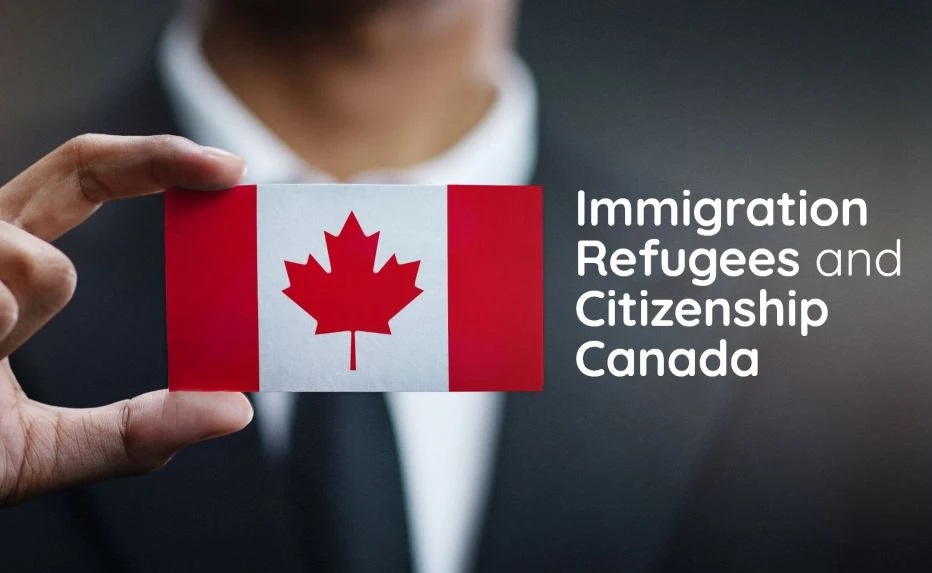
Canada’s immigration system is changing a lot, with an eye toward making it more sustainable in the long term and making it easier for foreigners to fit in. Here is a list of the most important changes that Immigration Minister Marc Miller announced:
1. Targets for Temporary Residents
Canada’s Immigration Levels Plan will now include goals for temporary residents for the first time. These are things like the International Mobility Program (IMP), the Temporary Foreign Worker Program (TFWP), Intra-company Transfers (ICT), and student passes.
Why Make the Change?
Canada is relying more and more on contract workers (over 2.5 million in 2023) and Minister Miller wants to slow down population growth. The goal is to get the number of temporary residents down to 5% in the next three years.
2. Giving current temporary residents priority for permanent residency
It is planned to hold more “domestic draws” for permanent status. This means giving temporary visas to people who are already in Canada through Provincial Nominee Programs (PNPs) and maybe even Express Entry more weight.
What’s the point?
To make it easy for temporary residents to become permanent residents and help the Canadian economy in the long run.
3. Keeping the overall number of immigrants the same
Canada sticks to its lofty immigration goals, which include bringing in 485,000 new permanent residents in 2024 and another 500,000 in 2025 and 2026. This is meant to find a balance between population growth and the ability to welcome newcomers while also easing the pressure on housing and health care.
In the end:
The way people come to Canada is changing to meet long-term needs. The goal is to make the immigration system more stable and streamlined so that it works better for everyone, including newcomers and people who already live in Canada. This will be done by setting goals for temporary residents and giving priority to paths to permanent residency.
